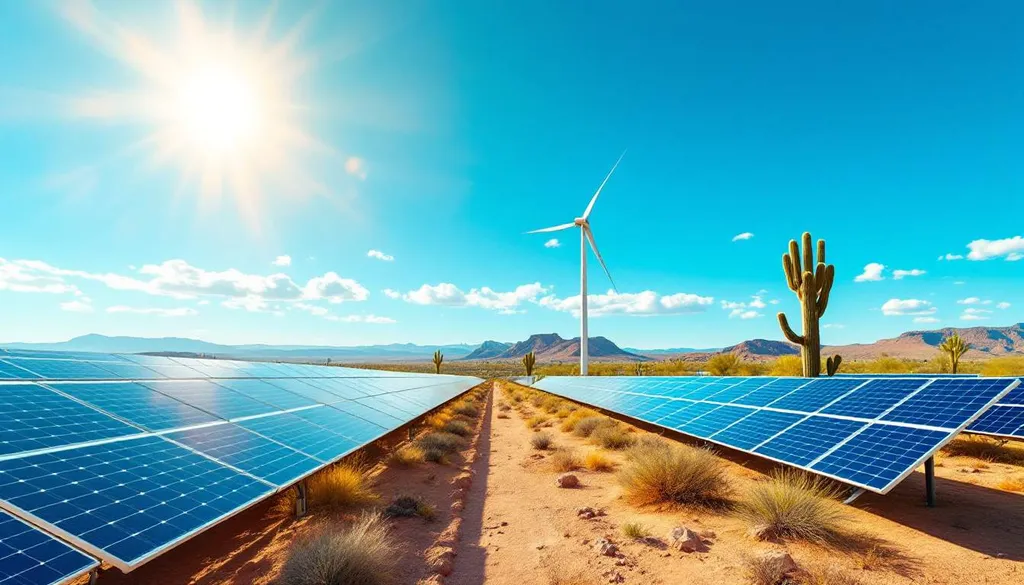In the realm of energy journalism, it’s crucial to report on innovative research that could potentially impact the energy sector. One such study, led by researcher George Dan Chita, presents a novel approach to solar flare detection that could have implications for space weather monitoring and energy infrastructure protection.
George Dan Chita, affiliated with the University of Bucharest, has developed a cost-effective, terrestrial system for detecting solar flares by analyzing Very Low Frequency (VLF) radio signals. Traditional methods of solar flare detection often rely on expensive satellites or ground-based telescopes. Chita’s research, published in the journal “IEEE Access,” offers an alternative that is more accessible and affordable.
The system designed by Chita and his team focuses on VLF radio signals, which range from 3 kHz to 30 kHz. These signals are efficiently reflected by the lower ionospheric layers, and any changes in these layers due to solar flares result in variations in the received signal. The monitoring system uses a magnetic loop antenna for signal reception, along with a low noise amplifier, analog-to-digital converter, and spectrum analyzer.
The data collection was conducted over a few days from a remote location with minimal electromagnetic interference. The results demonstrate that this method can reliably detect solar flares, providing a cost-effective alternative to traditional detection methods. This research was published in the IEEE Access journal, a reputable source for cutting-edge technological advancements.
For the energy sector, understanding and predicting space weather events like solar flares is crucial. These events can disrupt satellite communications, GPS systems, and power grids. By providing a more accessible and affordable means of solar flare detection, Chita’s research could enhance the energy industry’s ability to monitor and prepare for space weather events, ultimately improving the resilience of energy infrastructure.
This article is based on research available at arXiv.

